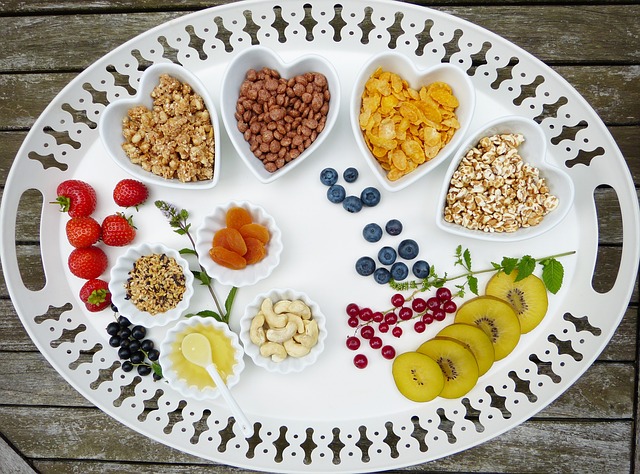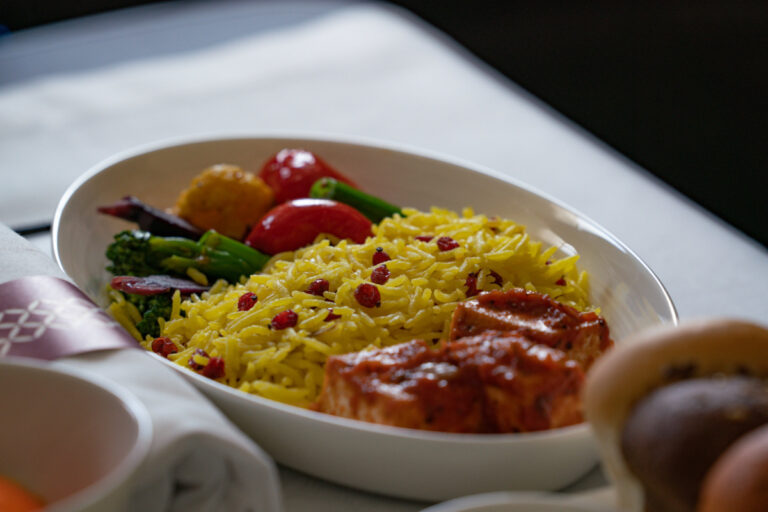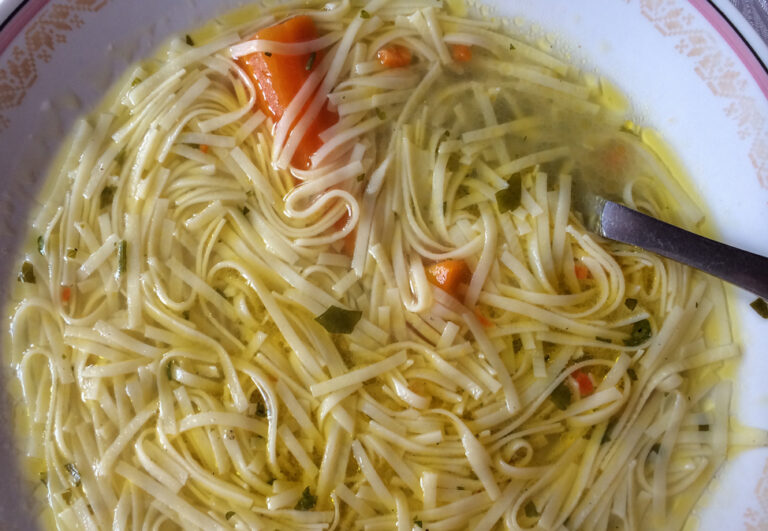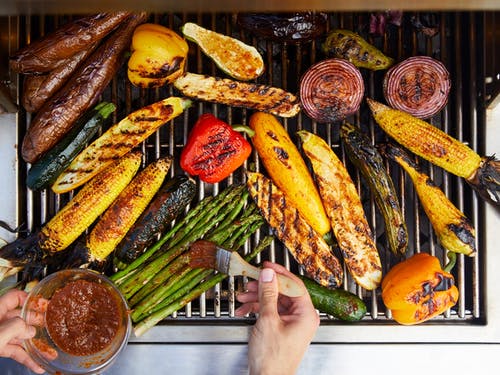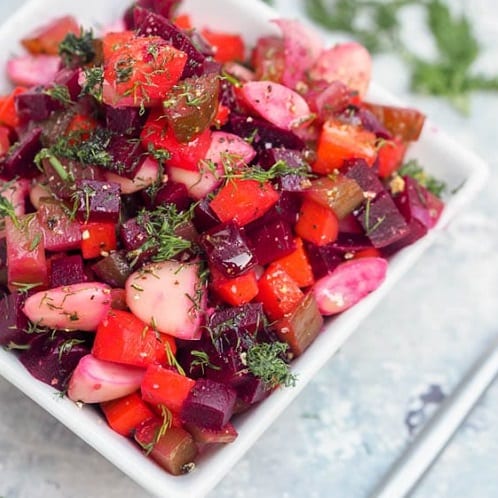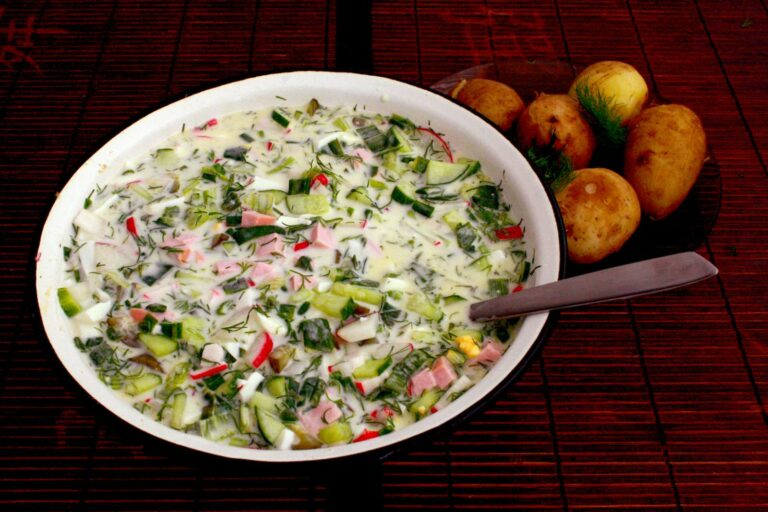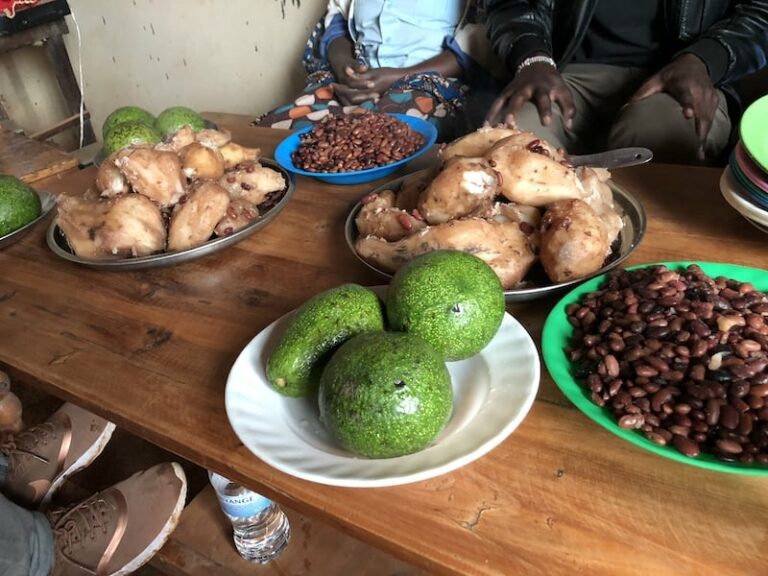Introduction: Portuguese cuisine and dietary restrictions
Portuguese cuisine is known for its bold flavors and use of fresh, seasonal ingredients. However, for individuals with dietary restrictions such as gluten-free or vegetarian diets, it can be challenging to find suitable options in traditional Portuguese dishes. Fortunately, there are plenty of dishes that can be adapted to accommodate these dietary needs while still maintaining the authentic taste of Portuguese cuisine.
Gluten-free Portuguese dishes: what to look for
For those with gluten-free diets, finding suitable dishes in Portuguese cuisine can be a tricky task. However, there are still plenty of gluten-free options available. One of the most popular dishes is grilled fish, which is often served with potatoes and vegetables. Another popular dish is “caldo verde,” a hearty soup made of kale, potatoes, and chorizo (which can be omitted for a vegetarian option).
It’s important to note that while many traditional Portuguese dishes may contain wheat-based ingredients, such as bread or flour in sauces, there are often simple substitutions that can be made to make the dish gluten-free. For instance, rice flour or cornstarch can be used as a thickener in place of wheat-based flour.
Vegetarian options in Portuguese cuisine
While Portugal is known for its seafood and meat dishes, there are still plenty of vegetarian options available. One popular dish is “feijoadas,” a bean stew that is made with a variety of vegetables such as carrots, onions, and tomatoes. Another option is “chickpea fritters,” which are made of mashed chickpeas and spices and are a great appetizer or snack.
For those who enjoy cheese, there are also plenty of vegetarian-friendly cheese options in Portugal, such as “queijo da serra” or “queijo fresco.” These cheeses can be enjoyed on their own or as part of a cheese board.
Traditional Portuguese dishes and their adaptations
Many traditional Portuguese dishes can be adapted to accommodate dietary restrictions. For instance, “bacalhau,” a popular salt cod dish, can be made without breadcrumbs for a gluten-free option. The “francesinha,” a sandwich made with ham, sausage, and cheese, can be adapted for a vegetarian option by substituting the meat with vegetables or tofu.
It’s important to note that while some dishes may require adaptations, the flavor and essence of the dish can still be maintained. The key is to identify the essential ingredients and flavors of the dish and find suitable substitutions.
Vegan options for Portuguese cuisine
While vegan options are not as prevalent in traditional Portuguese cuisine, there are still plenty of dishes that can be adapted to accommodate a vegan diet. The “caldo verde” soup can be made without chorizo for a vegan option. “Alheira,” a sausage made from bread and meat, can be substituted with a vegan sausage made from vegetables or tofu.
Additionally, many traditional side dishes such as roasted vegetables, boiled potatoes, and sautéed greens are already vegan-friendly and can be enjoyed alongside other vegan adaptations of traditional dishes.
Conclusion: exploring dietary-friendly Portuguese cuisine
While it may take some effort and creativity to find suitable options in Portuguese cuisine for those with dietary restrictions, it’s certainly possible. By identifying the essential ingredients and flavors of traditional dishes and finding suitable substitutions, it’s possible to enjoy the bold flavors and unique tastes of Portugal while still maintaining a gluten-free, vegetarian, or vegan diet. With a bit of exploration and adaptation, there’s no reason why those with dietary restrictions can’t enjoy the delicious cuisine that Portugal has to offer.


